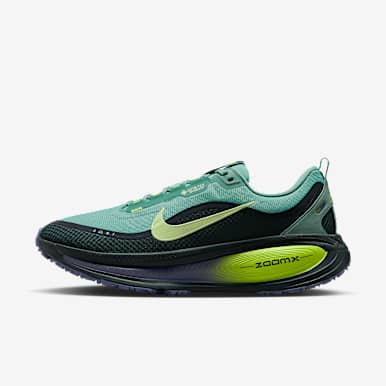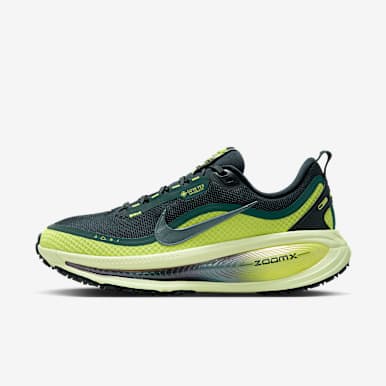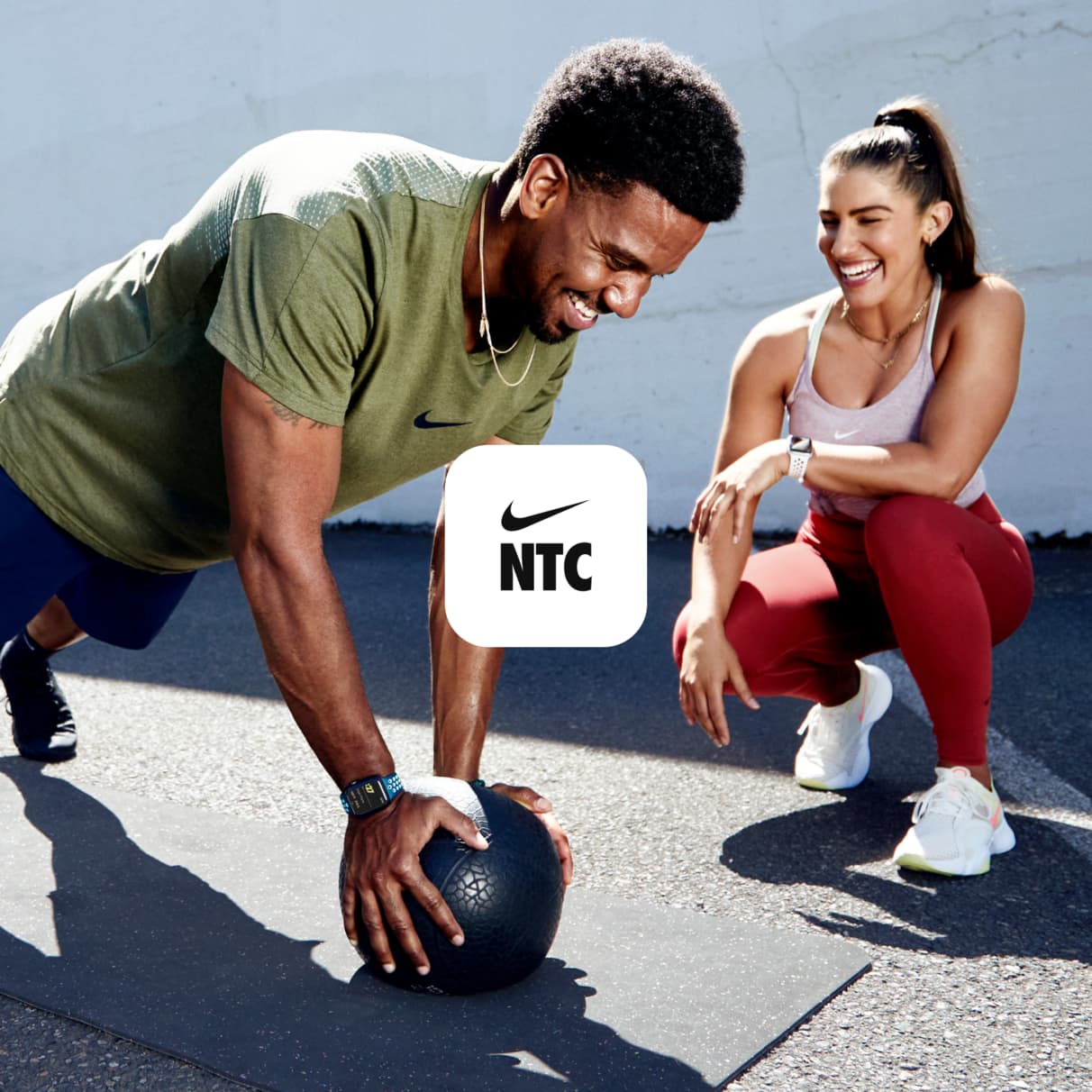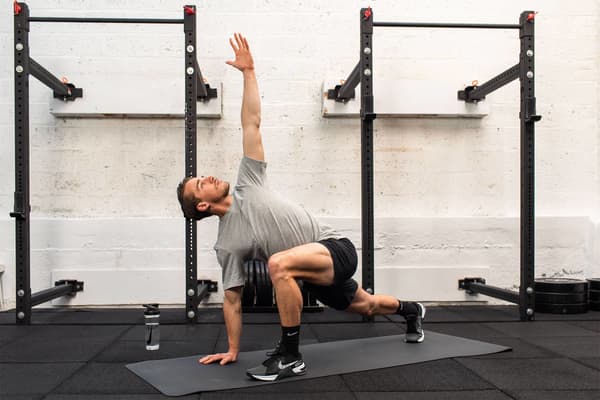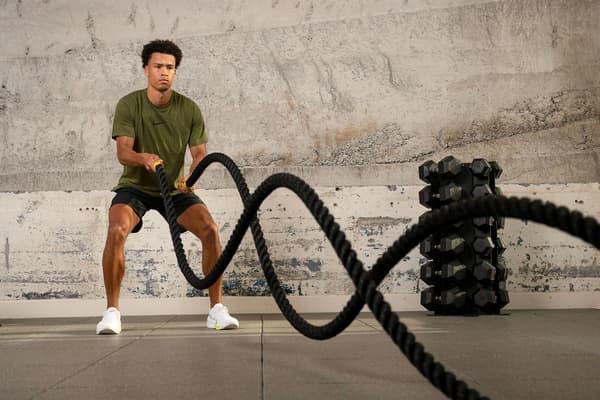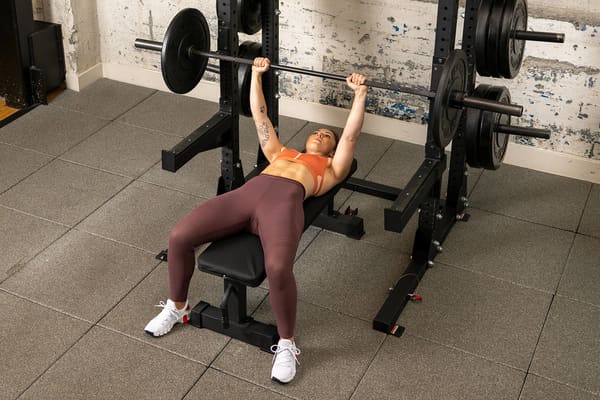3 Treadmill Workouts That Can Boost Your Fitness
Sport & Activity
Experts offer three treadmill workouts that can enhance your cardiovascular fitness and strength.

Treadmill workouts go far beyond running or walking in place. With the option to change speed, elevation and even incline and speed intervals, a treadmill is the ultimate tool for boosting your cardiovascular endurance.
"Cardio is simply having your heart rate at a steady state or aerobic [level]", Jeff Watters, CSCS, said. Treadmills aren't just valuable for fine-tuning your aerobic base, though.
According to Vanessa Liu, a NASM-certified personal trainer, treadmills can be used as part of a circuit training routine or a HIIT workout, for example.
(Related: What Are the Benefits of Interval Running?)
One way to boost fitness on the treadmill is to create a circuit, where you walk fast or jog gently on the treadmill, stop and spend a few minutes on a strength-training exercise and then start the treadmill again to continue the circuit.
"This makes treadmill workouts incredibly efficient. You can get both cardio and strength in a single treadmill workout", Liu said.
And, if you prefer a low-impact treadmill workout, walking with weights can add a layer of intensity—without all of the force. "You can add light dumbbells for some overhead presses, lateral raises or bicep curls", Liu said.
How to Find Your Optimal Aerobic Pace on a Treadmill
"A personalised optimal aerobic pace is usually based on a runner's goals", said Jonathan Poston, a USA Track and Field Certified Coach Level II endurance coach. For example, someone with a more competitive focus might train at a much higher rate than a more casual runner.
There are some practical tools that runners of all skill levels can use to determine their optimal aerobic pace, including something called "the talk test", Poston said. This is when you run at different speeds and gauge how well you can talk while doing so.
(Related: How to Find Your Optimal Running Paces, According to Running Coaches)
For example, if you can barely talk while running, that is probably your high-intensity spot, whereas if you can talk fluidly but not sing, you're probably at medium intensity. At low intensity, Poston explained that you should be able to talk or sing without much difficulty.
"This is most helpful for gauging that you are actually doing easy or high-intensity training runs when they are scheduled in order to avoid overtraining and maximise performance", Poston said.
3 Treadmill Workouts That May Boost Your Fitness
1. Low-impact Treadmill Workout
When you want a beginner-friendly workout or something with a little less impact, this is the option for you.
"On days when you want something low-impact, a treadmill walking workout with brisk intervals is a good choice, especially for those who want an active recovery day with less stress on the joints", Liu said.
To follow a low-impact or beginner treadmill workout, Liu said to first warm up by walking for two minutes at two miles per hour. Then, walk for 20 to 40 minutes, alternating between two and four mph. Start at two mph and increase the speed by 0.5 mph every five minutes. Then, once you hit four mph, decrease by 0.5 mph every five minutes. Once your time is up, cool down by walking for two to three minutes at two mph.
Here are the steps to follow for a 40-minute low-impact treadmill workout:
- Walk for 2 minutes at 2 mph (warm-up)
- Walk for 5 minutes at 2.5 mph
- Walk for 5 minutes at 3 mph
- Walk for 5 minutes at 3.5 mph
- Walk for 5 minutes at 4 mph
- Walk for 5 minutes at 3.5 mph
- Walk for 5 minutes at 3 mph
- Walk for 5 minutes at 2.5 mph
Walk for 2–3 minutes at 2 mph (cool-down)
2. Intermediate Treadmill Workout
If you want to put your endurance to the test, give this intermediate treadmill workout a try. Liu recommended jogging at a consistent pace and introducing a variable—like an incline—which "helps to challenge your glutes, quads and calves", even more than a traditional light jog.
For this workout, Liu said to jog for 20 to 40 minutes at a consistent, moderate pace (somewhere between your low- and medium-intensity aerobic pace), adding a 0.5 percent incline every five minutes.
Here are the steps to follow for a 30-minute moderate jog treadmill workout:
- Jog for two minutes at a low-intensity aerobic pace (warm-up)
- Increase to a medium-intensity pace and jog for five minutes
- After five minutes, increase the incline by 0.5 percent
- Repeat step three, five times
- Cool down by walking for two to three minutes at four mph and a flat incline
For a moderate treadmill exercise without incline, consider jogging at a low-intensity aerobic pace for two minutes, followed by a medium-intensity aerobic pace for five minutes. Alternate between the two for four reps—around 28 minutes—before cooling down with a two-minute walk for a full 30-minute run.
3. Advanced Treadmill Workout
According to Meghan Kennihan, a USATF- and RRCA-certified distance coach, if you can run on the treadmill comfortably for 30 minutes, you are probably ready to "add some variety and challenge yourself" with a more advanced treadmill workout.
For a greater challenge, Liu recommended performing high-intensity intervals on the treadmill. For this workout, you'll want to tap into your personal high-intensity aerobic pace. This varies per person—and the talk test is an excellent way to measure what yours is—but, generally, it's considered to be between eight and 10 mph. Unlike the previous exercise routines, Liu suggested keeping this workout short (between 10 and 20 minutes).
To try a more advanced treadmill workout, start with a warm-up jog for two minutes at your medium-intensity speed. Then increase the speed to eight mph (or your own high-intensity aerobic pace) and run for 30 seconds. "Run at a high-intensity effort for 30 seconds, alternating with a low-intensity effort for 90 seconds", Liu said.
Here are the steps for a 10-minute HIIT workout on the treadmill:
- Jog for two minutes at a medium-intensity speed (warm-up)
- Run at a high-intensity speed for 30 seconds
- Lower to a medium-intensity speed for a 90-second recovery jog
- Run at a high-intensity speed for 30 seconds
- Recovery jog for 90 seconds
- Run for a high-intensity speed for 30 seconds
- Recovery jog for 90 seconds
- Cool down by walking for two minutes at three mph
(Related: The 5 Benefits—and Drawbacks—Of Running on a Treadmill, According to Experts)
Perks of Using a Treadmill to Exercise
1. Suitable for a Variety of Intensities
Treadmills aren't just for running. Whether you exercise at a gym or use a compact treadmill at home, you can perform a variety of workouts on this machine—including walking.
"This is great when you want more of an active recovery that's less stressful on the joints", Liu said. Treadmills also keep your pace in check, "which develops endurance and is great for days when you want something more moderate", she said.
Treadmills also display clear metrics for you to follow (think: speed, incline, pace and distance)—all of which you can control.
2. Can Be Used to Amp up Interval Training
"Studies show that interval training can improve your VO2 max, which is an endurance metric that indicates how much oxygen your body can use", Liu said. The higher your VO2 max is, the more oxygen your body can utilise during exercise, which can have a positive impact on your athletic performance.
Additionally, interval training on a treadmill is time efficient. "You can get in a quick 20-minute treadmill interval workout that gives you the same benefits as a longer workout", Liu said.
(Related: How Long Does Your Workout Really Need to Be? Experts Explain)
3. May Protect Your Joints
If you have concerns about your knees and ankles when exercising, Liu said a treadmill workout is a little easier on the joints than running on hard ground.
"Treadmills generally absorb more shock because your feet are landing on a softer surface", she said. "This makes treadmill workouts ideal for those who are recovering from a lower-body injury, or those who have sensitive joints that need a softer surface", Liu said.
With that said, those who have shin splints might consider steering clear of treadmills or, at the very least, jogging or walking at a low-intensity pace on an incline, since the incline can alleviate a bit of that impact.
"The belt on a treadmill is softer than most outdoor surfaces, which makes it much easier on your knees, back and ankles", Kennihan said. "Treadmills offer shock absorption through cushioning systems located beneath the belt and the deck".
She added that this alone helps to reduce impact and can offer additional protection to the joints, bones and muscles compared with the hard jolt of pavements.
Before trying any new workout though, it's important to consult your GP or a physiotherapist. This is especially true for those with a lower-body injury, as treadmill workouts might not be compatible with all injuries.
Words by Jessie Quinn



